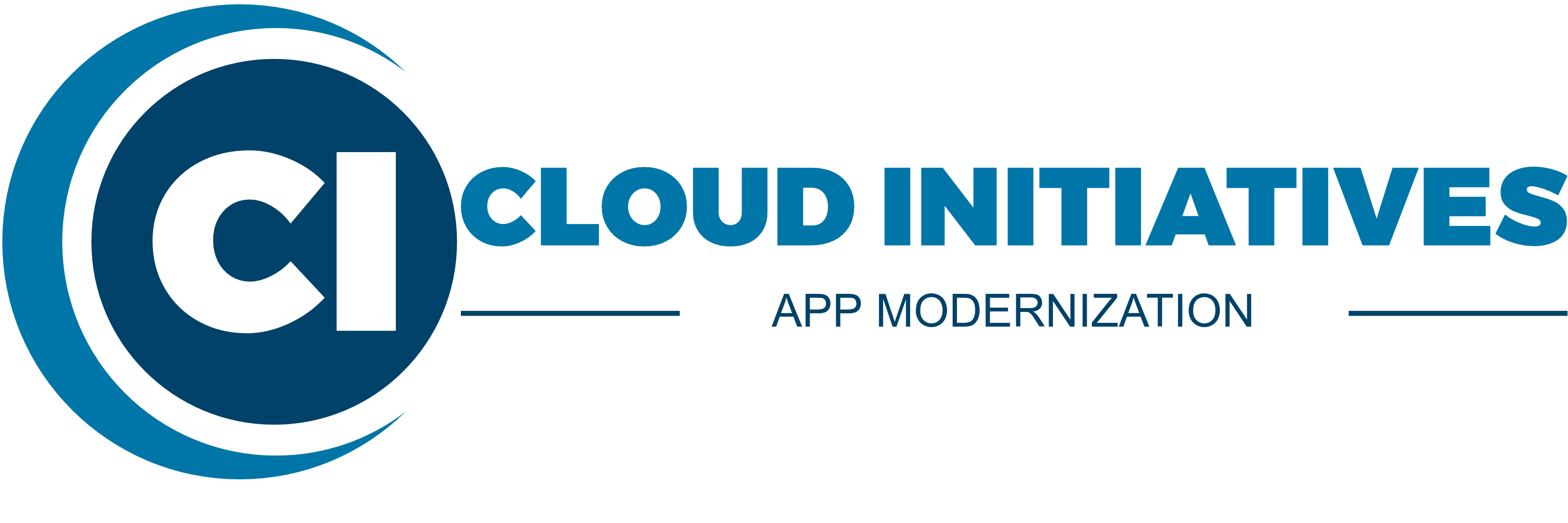
Overview
Legacy applications weren’t built for today’s digital demands. They slow down delivery, drain budgets, and frustrate both teams and customers. Many organizations that have adopted the cloud often find themselves lifting and shifting old apps without unlocking any of the real benefits. Application Modernization is how you bridge that gap. It’s about taking what you already have legacy monoliths, on-prem workloads, or outdated custom platforms and transforming them into cloud-native, API-driven, and scalable systems.
Where Kubernetes & Microservices focuses on running and scaling modern systems, Application Modernization is about turning legacy into modern so you can get there in the first place. It reduces technical debt, improves developer productivity, and shortens release cycles from months to weeks.
Our Approach
At Cloud Initiatives, we’ve modernized complex applications across industries, from legacy ERP platforms to customer-facing portals, and we know how to untangle the dependencies that make change difficult. Our architects and engineers guide you through the full journey:
Assessment: understanding dependencies, risks, and business impact.
Refactoring: rewriting or restructuring applications to align with modern best practices.
Replatforming: moving workloads into containers, managed services, or serverless where appropriate.
Re-architecting: redesigning systems to integrate with APIs, microservices, and cloud-native platforms.
Replacement: when modernization isn’t feasible, building new systems that take over critical functionality.
What You Get
Your organization gets freedom from legacy constraints. Applications become scalable, maintainable, and cloud-ready, reducing technical debt and unlocking the full value of cloud investment.
Your teams get applications they can actually work with. Developers move faster with cleaner architectures, modern frameworks, and automated delivery pipelines. Operations gain resilience and flexibility instead of spending their time babysitting fragile systems.
Your customers get faster updates, better performance, and the digital experiences they expect.